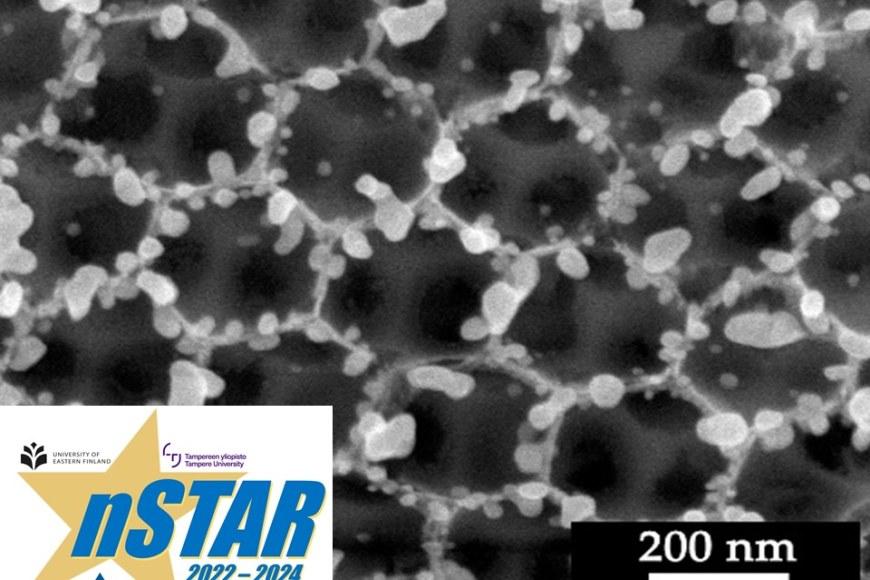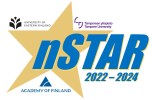
The main objective of the project is to develop fundamental knowledge on the interaction of light, with stimuli-responsive plasmonic and magnetic multicompound metal and metal oxide nanoparticles deposited on semiconductor inverse opal structures, and thereby improve the ability to better harvest solar power for enhanced photovoltaic and photocatalytic applications.
The main objective will be achieved through fulfilment of the following three sub-goals. First, multicompound plasmonic and magnetic nanoparticles will be deposited by liquid flame spray (LFS) on semiconductor inverse opal structures. Secondly, the physico-chemical properties of the nanostructured multicompound materials will be interlinked to their observed photocatalytic activity complemented with numerical modeling. Finally, the developed structures will be utilized in light-activated green chemistry applications, for example, in enhanced solar hydrogen evolution and degradation of organic contaminants in air and water.
The capability of enhanced photocatalytic functionality may be a significant contribution both for academia and industries. Such an approach may i) bring new insights on the photocatalytic response from plasmonic and magnetic nanostructures, ii) develop new purification tools for air and water at visible wavelengths and iii) find completely new applications such as efficient photocatalytic solar hydrogen production. Moreover, development of enhanced photocatalytic tools can advance transformation from the current fossil fuel based economy into a more sustainable solar economy.
The project will result in new information about the light activated plasmonic and magnetic multicompound nanostructure systems. Although the nature of the proposed research is fundamental, the results are expected to lead to a number of applied projects and lay the ground for the development of effective light-activated materials applicable from water splitting and de-pollution to synthesis of hydrocarbon fuels and more efficient photovoltaic cells.

Rahoituslähde
Academy of Finland
Koordinoiva organisaatio
University of Eastern Finland, Department of Chemistry
Yhteyshenkilöt
Jyrki M. Mäkelä, Professor
Aerosol Physics Laboratory, Physics Unit, Tampere University
Phone: +358-1981018
e-mail: jyrki.makela [at] tuni.fi
